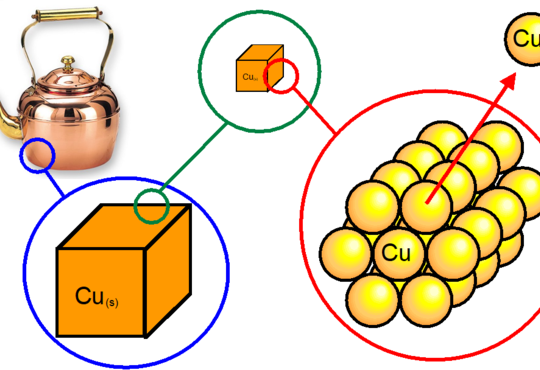This is a continuation of the Thought Labs used as review for AP Chemistry. This style of review allows students to incorporate the skills they have acquired throughout their course experience in AP Chemistry while providing a platform for them to increase their comfort level in situations where they are asked to apply their learning to a new lab setting. While this review is designed to be done in a small group discussion, it can be easily adapted to allow students the opportunity to work in the laboratory. Lime-A-Way (Problem 1) and Catalysts and hydrogen peroxide (Problem 2) were in the October and November issues, respectively. The true challenge of many of the AP Thought questions is the limited material list. For example, here no balance or timer is given.
AP Lab Review – Problem 3
Spend 7 - 10 minutes with your group working on the assigned lab problem. During that time you should formulate an “answer” to the proposed questions and be prepared to explain and justify your answer to other groups.
A student was given a task to design and carry out an experiment to investigate a relationship between the surface area of a piece of raw potato and the rate of decomposition of hydrogen peroxide. The catalase in the potato acts as a catalyst in the decomposition:
2H2O2(aq) → 2H2O(l) + O2(g)
Material list
Potato, Ruler, Knife, Cutting mat, Liquid Soap, Graduated cylinder (10 mL), Distilled water, Small test tubes of equal diameter
Chemical list
Hydrogen peroxide 6%
Student questions
1. What is the purpose of the Liquid Soap that is provided? Please reference the chemical product that would be an
important factor.
2. It is assumed that the student will vary the surface area of the potato by cutting it into different sized pieces.
List 3 factors that should be held constant in order to maintain validity of the experimental data.
3. The student cut their potato into cubes that were 0.50 cm on a side and
1.0 cm on a side. When he measured the height of suds that were produced after 3 minutes, he found the cubes with a 0.50 cm side produced 3.0 cm of suds, while the cubes with a 1.0 cm side produced 6.0 cm of suds. He stated that the reaction was first order based on surface area because the rate of suds production for the cubes with a 1.0 cm side was 2 times that of the rate for the cubes with a 0.50 cm side. Was his statement valid? Explain.
4. The decomposition of the peroxide is first-order with respect to the concentration of the peroxide.
a) Draw a sketch of the graph that would represent the first-order decomposition of the peroxide.
b) Draw a second line on the graph that would represent the data if the peroxide were accidentally switched to 3%.
*Note - Be sure to correctly label the axes and both lines. 







